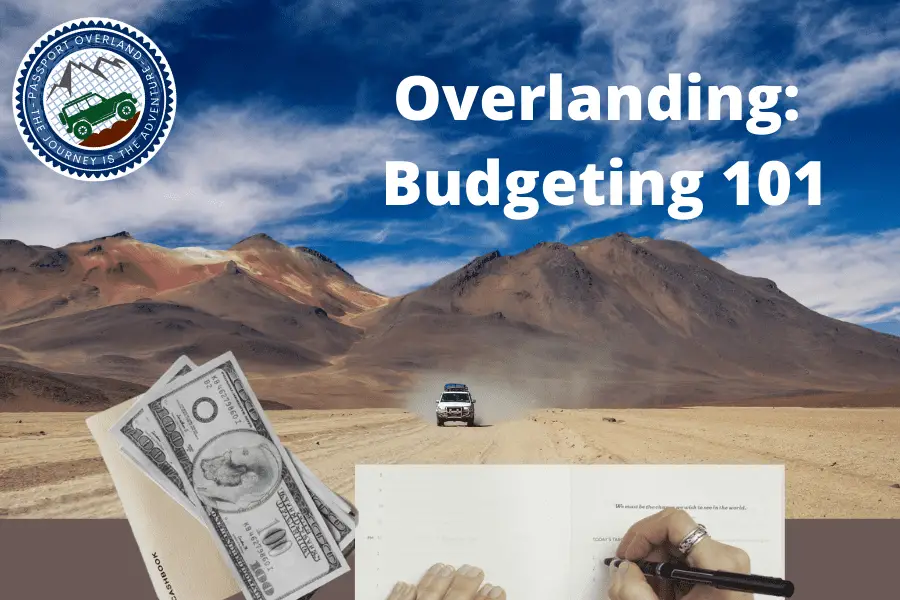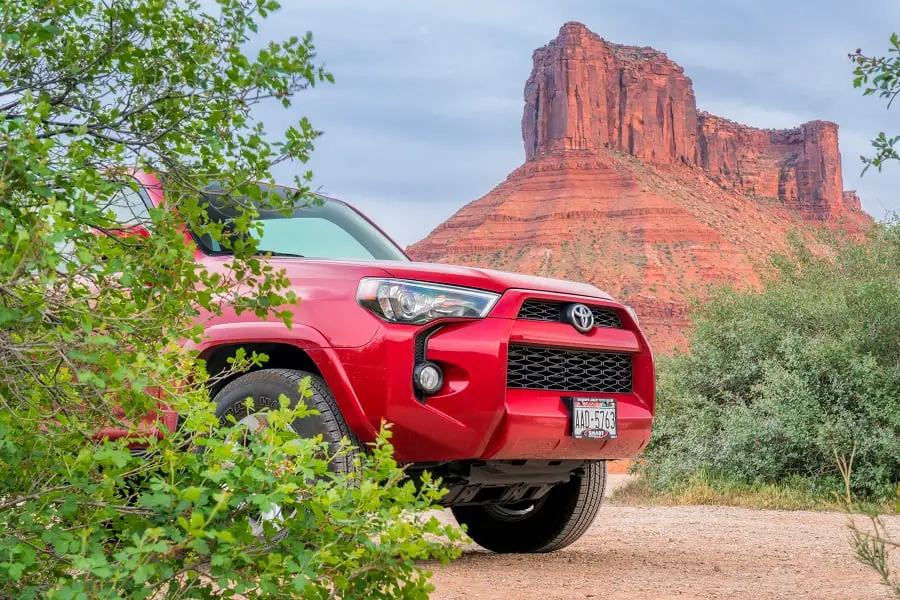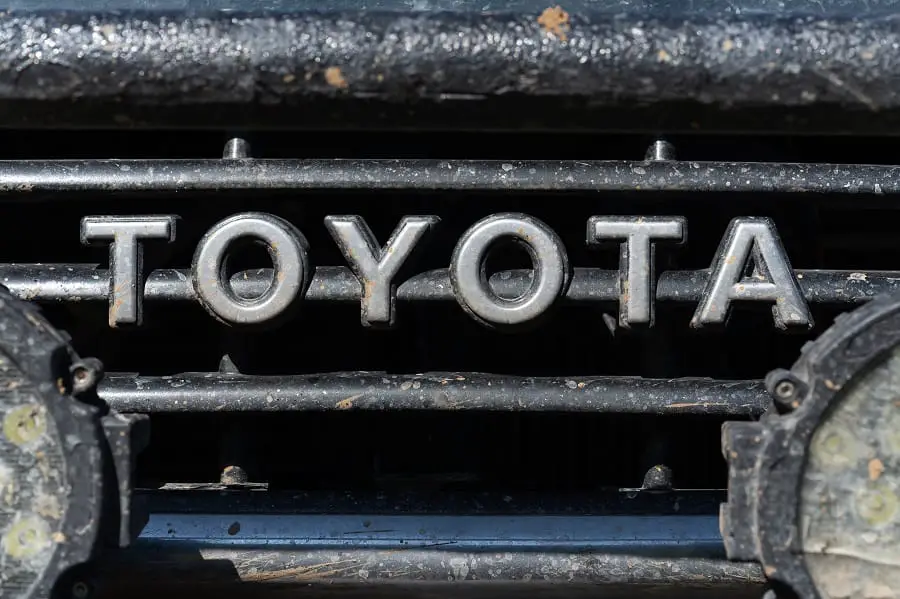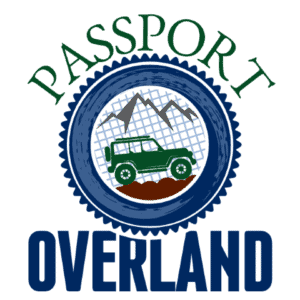
Budgeting for overlanding trips is half the battle. The other half is getting started on your overland trip. We’ll go into detail about getting started with a beginner’s guide to budgeting 101, price out the costs of an overland trip, and what you need to do next to get started!
It’s time to prepare for your overlanding trip! What does that involve? Well, there are many things to consider, like what type of vehicle will be best, how much money you plan on spending, and the list goes on.
Budgeting for overlanding trips is half the battle. The other half is getting started on your overland trip. In this article, Passport Overland discusses getting started overlanding budgeting 101. We price out the costs of overlanding to give you and idea of the costs before getting started!
Beginner’s Overlanding Guide: Budgeting 101
If you can avoid comparing your rig and exploits to those of others, overlanding may be inexpensive and budget-friendly. The ideal vehicle for overland travel is frequently the one you already own and can use right now.
Using your current vehicle, assuming it is 4WD is such a great way to cut the costs of getting into overland travel.
Price out the Costs of Overlanding Car
Before getting started, it will be helpful for you to price out the costs of overlanding so that you have an idea of what kind of budget and timeline you’ll need to prepare for getting started overlanding.
A decent overland vehicle is capable of coping with a variety of terrain. In the next section, we’ll show you how we built our car.
Also, we’ll teach you how overland on a budget.
What Makes a Good Overlanding Vehicle? Beginner’s Guide.

©pixelsaway/123RF.COM
Cost
For most of us, affordability is the most crucial consideration when buying a product. There are two costs to consider: the cost of procurement and maintaining and repairing the equipment. The more expensive a vehicle is to buy, the less expensive it is to support and fix.
Overlanding can be done on almost any car if you are adequately prepared. Of course, getting started overlanding with your current vehicle for as little money as possible cuts down costs significantly!
Now that we are hitting inflation, check out our article about better gas mileage here.
Engine
Your selection should be based on the vehicle’s durability, horsepower, fuel efficiency, and availability (in the region where you expect to travel). Your engine should have at least two of these elements clocked at 100%.
Nearly wherever you look, you’ll find engines like the 22RE in our 1987 Toyota 4Runner, and they rarely fail. Both of them are sluggish. Slowing down isn’t for everyone.
Drivetrain
Independent front suspension vehicles (IFS) and automatic gearboxes have been portrayed as failure-prone. However, these stories are exaggerated. They’ll provide you with a far better ride and easier off-road driving if they’re correctly maintained.
On a dirt road, open differentials are a concern. With a wheel in the air, ice, snow, or loose gravel, you’ll need that shovel in your trunk. At a bare minimum, we recommend using an LSD.
Electronic or air-locking differentials are a great option if you can find them. The one on the back will be your main priority.
After-Sale Service
This will limit your ability to enhance your car. If the car is popular in the United States, it will be easy to obtain all of this equipment, from lockers to lifts to bumpers to stereos.
For both your vehicle’s performance and your wallet, that’s a good thing to know about. To begin with, find an active community of users to educate you about your products. Using them will save you both time and money.
Accessories
You’ll need water, shelter, and food if you’re going in the middle of nowhere. With a tent, a more excellent, and a few bottles of water, you don’t need anything more elaborate than that.
Additionally, you’ll want to have a full-sized spare, a decent jack, a shovel, and other vehicle recovery equipment on hand in case of an emergency. You must do basic repairs and get your car out of the most challenging situations as a driver.
Beginner’s Guide: Building Your Overlanding Vehicle
You can start with a factory 1987 Toyota 4Runner with 170,000 miles on the odometer that you can acquire for $3,500. Buying a car with a manual gearbox, manual windows, and manual locks is the most excellent advice we can give you if you want to do the same.

©chatka/123RF.COM
Why? These trucks’ automatic transmissions don’t operate properly. Their weight and inefficiency make them ill-suited for off-road driving, while their unreliability and lack of control make them dangerous. It is also essential to keep in mind that this car is almost 30 years old, and as such, its electric motors, switches, and cables will eventually fail.
Toyota 4Runners and pickups from this era are among the most dependable vehicles ever produced, but appropriate manufacturer equipment maintenance is still essential. To begin with, look for one that hasn’t been tampered with or used excessively.
In terms of automobiles, 1985 is the most sought-after year. Fuel injection and a solid front axle are included in this vehicle. This model provides additional off-road performance and the low-hassle nature of fuel injection.
Wheels
Wheels off of a 2008 Toyota Tacoma that we found for $200. You’ll have more options for tires than you would have had with the essential 15-inch wheels.
Get to know your vehicle’s specific wheel bolt pattern and offset, and either discover wheels that fit or look into purchasing an adaptor kit. If you are lucky, a pair of virtually new OE all-terrain tires may still be on a set of wheels.
Tires
It cost $1,100 for five Cooper Discoverer STT Pros (265/75-16). Tires are the most critical component of any vehicle when it’s moving.
They are the only portion of the vehicle that comes into contact with the road. Therefore the rest of the car can only be as good as its tires. We can confidently tell that these are worth the money after 15,000 miles of use.
They’re the most outstanding all-around tires you can put on a vehicle for both long-distance commuting and everyday driving. They’re unstoppable in mud, snow, and sand, yet they also ride nicely and are entirely silent on the highway.
We’ve never seen a tire that accomplishes both at the same time. We had to tighten the torsion bars and put 1.5-inch wheel spacers ($94) to have a broader, more stable ride, but it was worth it.
Suspension
We installed new leaf springs and nitrogen shocks from Old Man Emu to handle the extra weight of goods. The $400 update and a few hours in the driveway were all it took.
Due to the additional weight of the hi-lift, gasoline, heavy-duty bumpers, and other items. To support the fiberglass top and heavier, glassed tailgate, Toyota 4Runner back end springs are identical to those used in pickup trucks.
Gearing and Differentials
The 22RE is indestructible, but it’s also known for being underpowered. Since the tires were four inches wider and weighed 500 pounds more than standard, we couldn’t use the factory gearing.
We decided to put in a new differential—a Detroit TrueTrac—rather than an ARB air locker when we had the chance. Using traction, an LSD transmits power to the wheel and works automatically to assist you to go around obstacles. In comparison to the locking option, it’s easy to operate and less expensive.
Because we hired a contractor to do the work, the entire cost came to $1,900. However, if you do the wrenching yourself, you’ll save $1,000.
Bumpers
A custom-made steel bumper is a popular choice since it looks fantastic to save money, starting from the bottom. Your additional gasoline, full-size spare, and hi-lift jack will all need to be transported in this vehicle. Y
You’ll also have an excellent place to recuperate. It cost us $1,300 to fabricate, ship, and strengthen our rear bumper when it arrived with improper spacing. Addicted Offroad in Fort Collins, Colorado, is the place to go if you’re looking for a high-quality front bumper at a reasonable price. Ours came with a winch mount and a shipping fee of $700.
A $400 investment in a winch will allow you to suspend your car vertically. With a 10,000-pound capacity, this Smittybilt X20 from Amazon comes with an improved synthetic cable that doesn’t stretch.
Maintenance
There’s no harm in spending $500 on an engine overhaul to ensure your vehicle is safe and reliable.
Beginner’s Guide: AN ADDITIONAL SET OF NECESSITIES.
- Air compressor for portable use at $60
- Jack with a high lift capacity costs $120
- Recovering straps around $30
- Ax for $35
- Shovel for $15
- Tire patch kit for $20
- Can of Jerry for $30
For a vehicle that has safely and dependably driven us across Baja California, Death Valley, the Mojave Desert, Anza Borrego, Tahoe, and Colorado’s San Juan Mountains? ‘ $9,984. For this kind of work, you don’t need a brand-new SUV at all.
Final Verdict: Beginner’s Guide and Overlanding 101
This getting started overlanding guide is an excellent start for those interested in getting into the hobby. We hope these tips help you budget, maintain your vehicle, and get off to a fantastic adventure!

